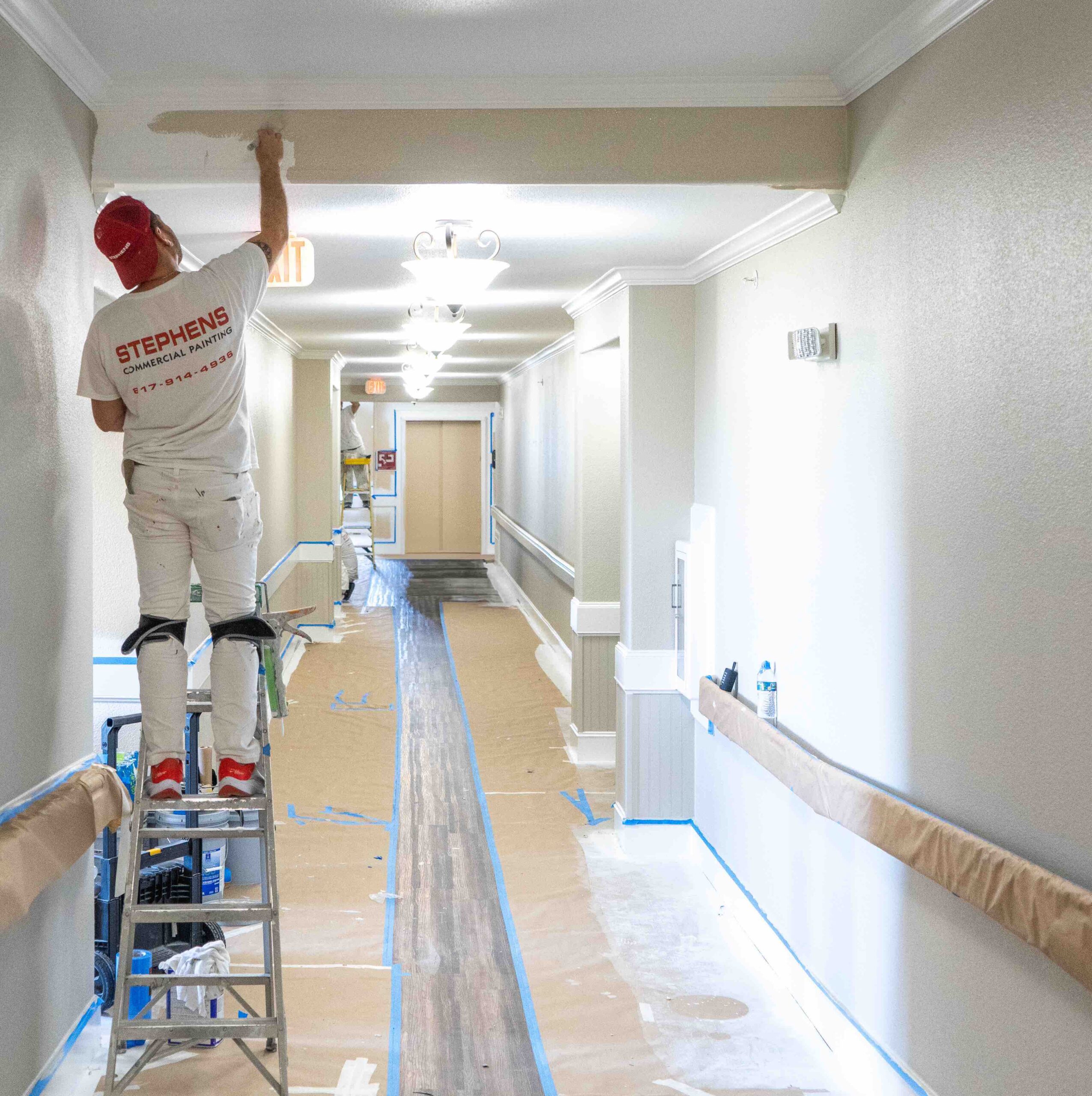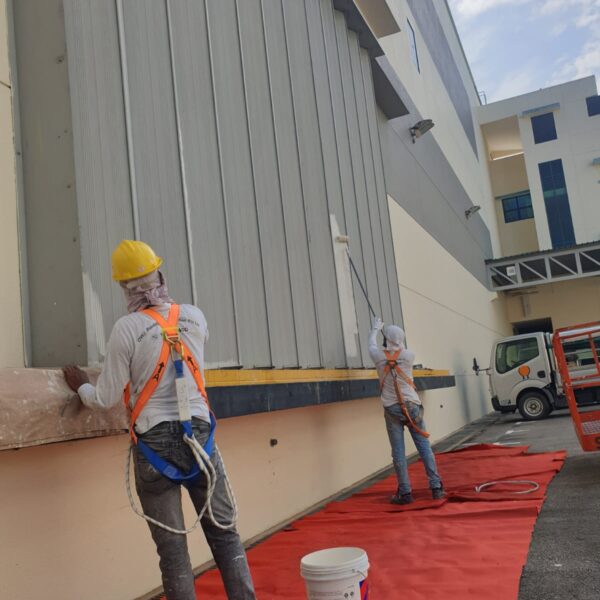A Comprehensive Guide to Effective Wall Surface Paper Removal Jobs
The procedure of wallpaper elimination can often be perceived as a challenging task, yet with the right approach and understanding of reliable strategies, it can change into a workable project. As we explore various approaches for getting rid of wallpaper, consisting of dealing with stubborn adhesives, it becomes noticeable that each action plays a vital function in accomplishing a polished last outcome.
Tools Needed for Wallpaper Removal
Prior to you dive into the wallpaper removal procedure, it's vital to gather the right tools to ensure performance and efficiency. The best tools can make a substantial difference in the ease and success of your job.

Following, a spray bottle or sponge is needed for using a wallpaper removal service. This fluid can be a commercial item or a homemade combination of water and vinegar. A bucket is likewise helpful for holding the option and tidy water for washing.

Preparing Your Wall Surfaces
Preparing your walls is a vital action in the wallpaper removal process, as it sets the structure for an effective outcome. Before starting elimination, clear the room of furniture, decorations, and any type of products that might block your job. This not just supplies a safer atmosphere however likewise secures your belongings from potential damage.
Next, examine the walls for any imperfections, such as fractures, openings, or peeling off paint. Address these problems by covering holes with spackle and sanding the surface smooth - Cleveland Metro Painting Contractors. A tidy, even surface will help with much better bond of new paint or wallpaper post-removal
Additionally, guarantee that the walls are clean. Dirt, dust, and oil can prevent the removal process, so clean down the surfaces with a mild cleaning agent remedy. Wash with clean water and allow the walls to completely dry totally before proceeding.
Effective Elimination Methods
When your walls are prepped and devoid of any kind of barriers, it's time to check out effective elimination strategies. Begin by establishing the sort of wallpaper you are handling, as this will determine the most suitable approach. For standard wallpaper, a scoring device can be utilized to develop little punctures in the surface area; this enables the removal option to permeate better.
Next, take into consideration utilizing a wallpaper elimination remedy or a blend of warm water and vinegar. Use the solution kindly to the wallpaper using a sponge or spray container, allowing it to saturate for several mins. This step softens the glue, making it easier to peel off away the wallpaper.
If the wallpaper is vinyl-coated, a steamer might be your best choice. The steam will loosen up the adhesive without damaging the wall surface beneath. Very carefully place the cleaner against the wallpaper and operate in areas, gently drawing the product away as you go.
For those utilizing a professional-grade wallpaper eliminator, follow the maker's guidelines for ideal outcomes. Remember Our site to work carefully, removing little areas at a time, which can help stop damages to your walls during the procedure.
Taking Care Of Persistent Adhesives
When faced with persistent adhesives after wallpaper elimination, it is crucial to approach the circumstance with the right devices and methods. Begin by gathering important supplies such as a wallpaper scraper, sponge, warm water, vinegar, and a commercial adhesive eliminator. These tools will facilitate the elimination procedure and minimize damage to the underlying wall.
Begin by soaking the adhesive with a mix of hot water and vinegar, which can help dissolve the adhesive. Make use of the wallpaper scrape at a reduced angle to carefully lift the adhesive from the wall, being mindful not to gouge the surface area.
For especially resistant adhesives, Visit Website consider using a explanation commercial sticky eliminator. Comply with the producer's directions to ensure optimal outcomes while protecting your walls.
Finishing Touches for a Fresh Look
After efficiently getting rid of stubborn adhesives, focus turns to the finishing touches that will enhance the overall look of your walls. Begin by examining the surface area for any kind of remaining residue or flaws. An extensive cleansing with a gentle service will certainly ensure a smooth foundation for the following actions.
When the walls are dry and clean, consider applying a coat of guide, specifically if you intend to repaint. Guide not just boosts paint adherence yet additionally evens out the surface area, offering you a much more expert surface.
Adorn with wall art, racks, or ornamental elements that mirror your personal design, changing your freshly upgraded walls right into a focal point of your room. These completing touches will certainly not only boost the space but likewise instill a feeling of accomplishment in your wallpaper elimination project.
Verdict
In recap, successful wallpaper removal requires cautious prep work, the usage of appropriate methods, and careful finishing touches. Sticking to these standards will help with a gratifying and smooth wallpaper elimination procedure.
To start with, a wallpaper scrape or putty blade is essential for peeling off and raising away the wallpaper. Furthermore, a racking up device can be invaluable; it creates small openings in the wallpaper, allowing for easier dampness infiltration when using an elimination remedy.
Preparing your walls is an important step in the wallpaper elimination procedure, as it sets the structure for a successful outcome.When encountered with persistent adhesives after wallpaper elimination, it is critical to come close to the scenario with the right devices and methods. Use the wallpaper scraper at a low angle to gently raise the glue from the wall surface, being cautious not to gouge the surface.